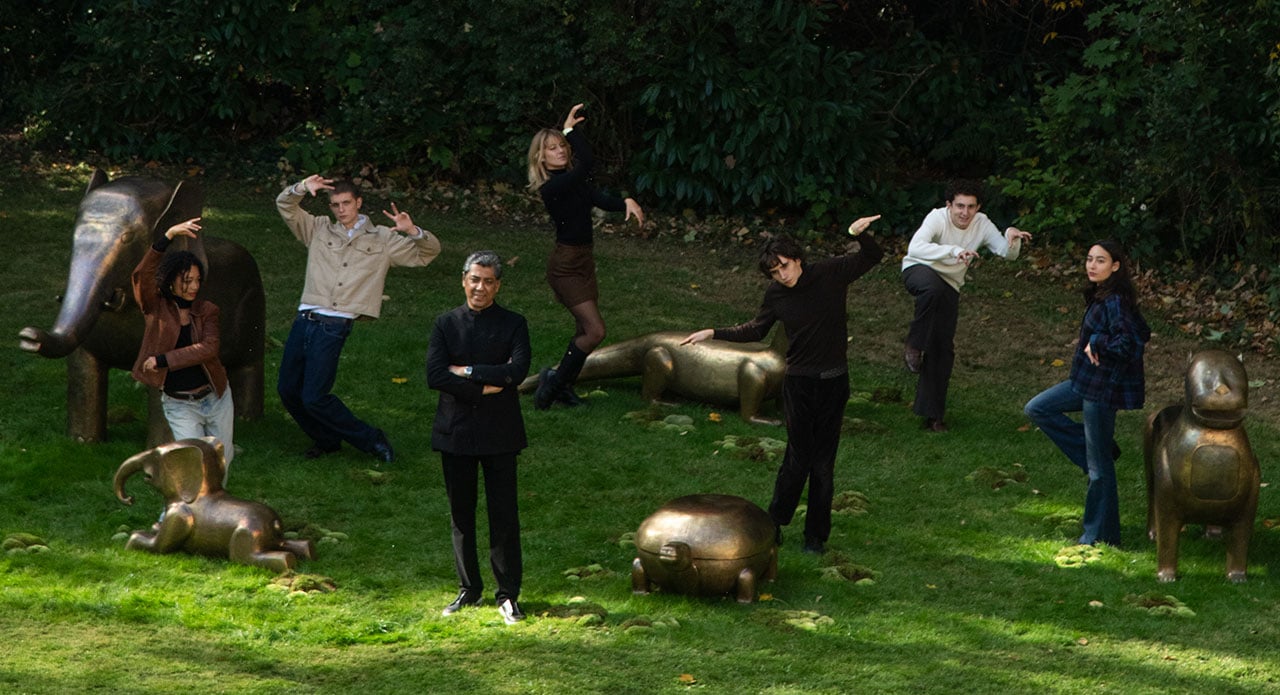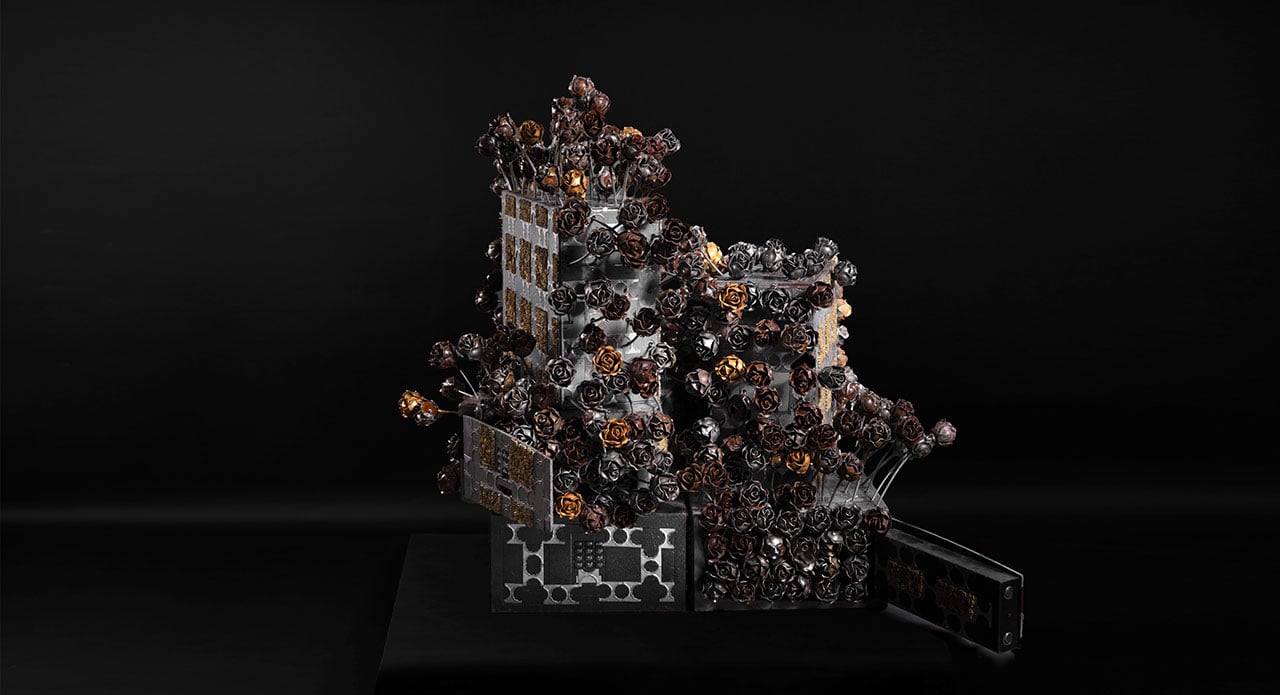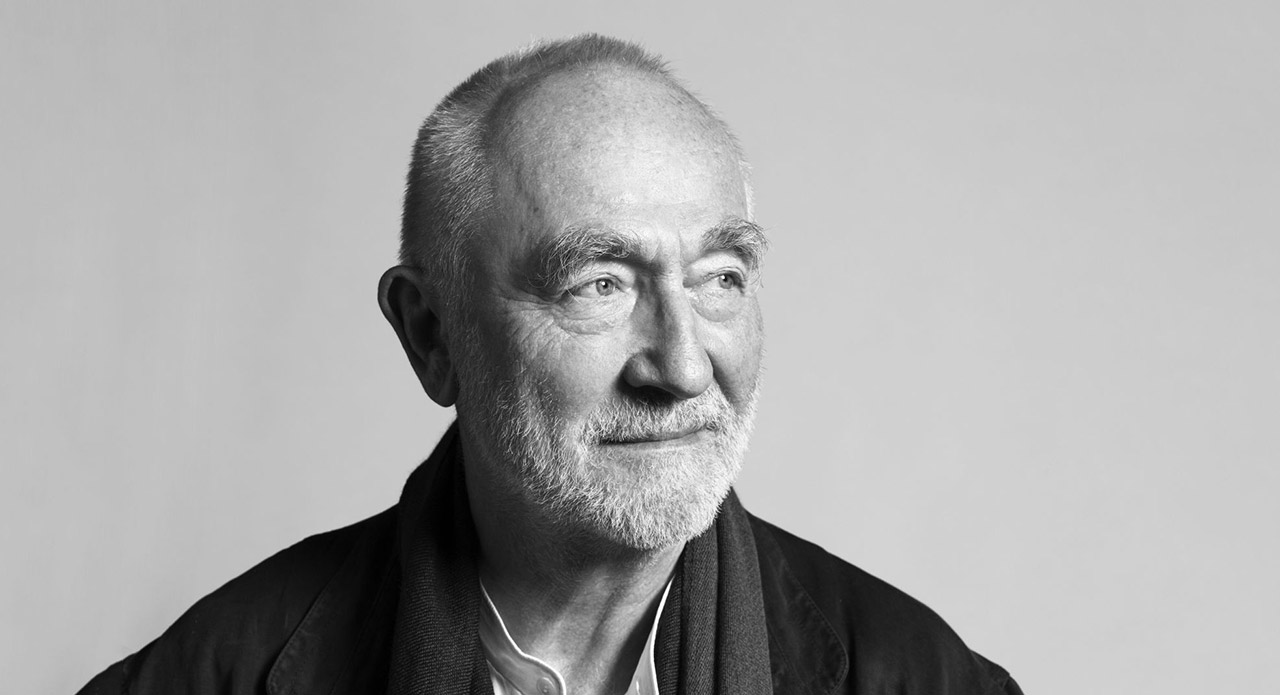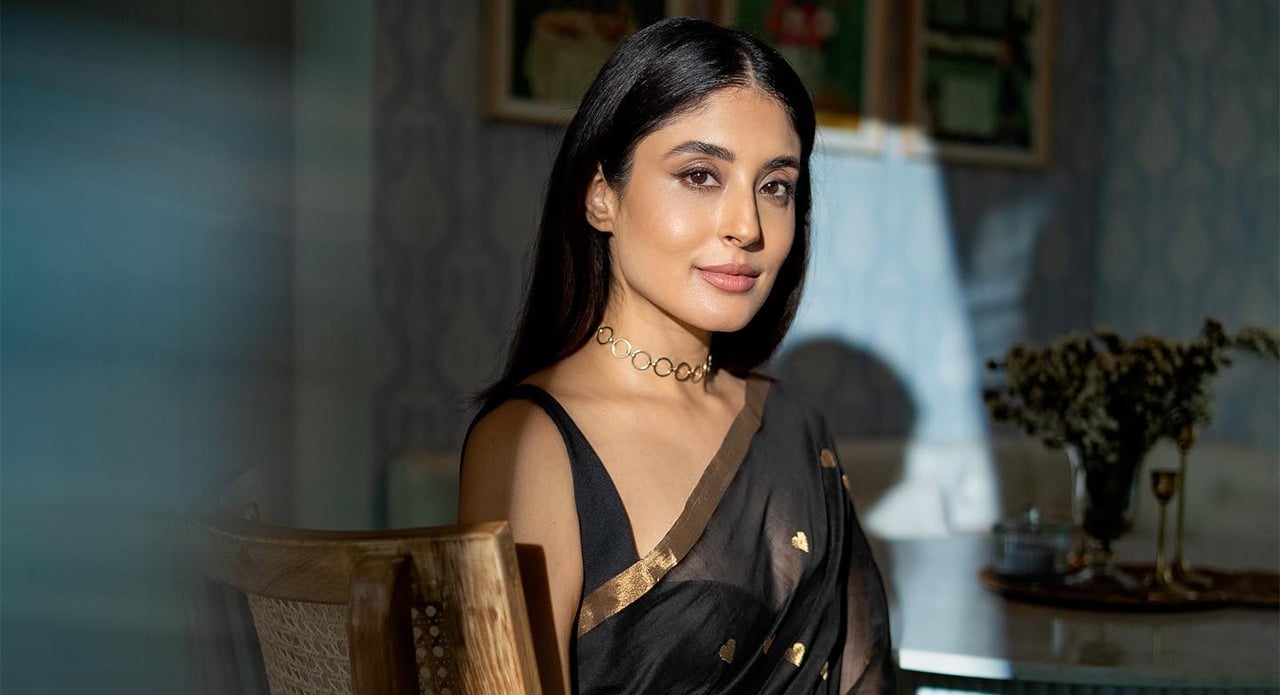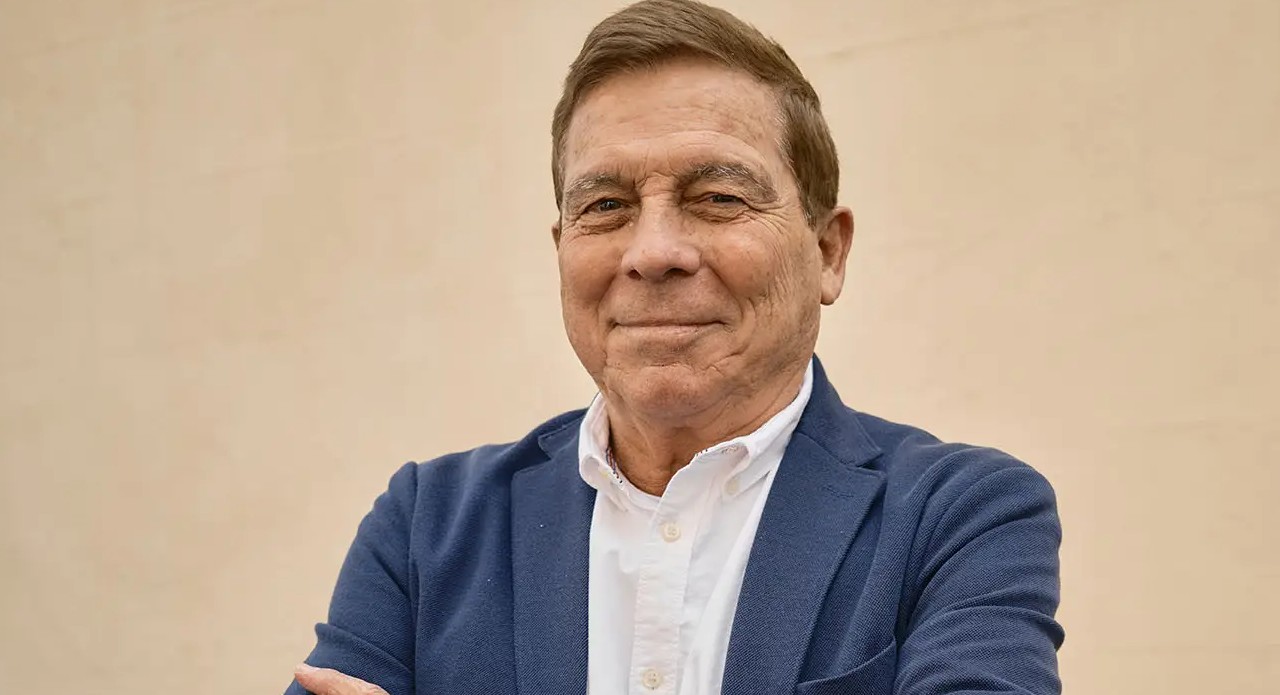Fables are often dismissed as quaint relics of childhood — moral tales crafted to guide the young, not intrigue the grown. Despite their universality, they rarely find resonance in adulthood, overshadowed by our craving for grand visual spectacles and social media diversions that promise instant gratification. In a world addicted to spectacles, a parable’s quiet wisdom feels too simple, too still, too earnest to hold our gaze.
But in designer Vikram Goyal’s recently concluded debut show at Design Miami/Paris, India’s long-standing tradition in retellings of fables gains centre-stage with a focus on Panchatantra. The fabled book created around 200 BCE is filled with stories that guide life with key messages on leadership, human behaviour, fairness, stewardship and more. With animal characters, it brings stories of friendship and betrayal, foresight and folly, ambition and restraint, as each fable unfolds as a moral compass, pointing to the perils of rash behavior and the virtues of prudence.
In ‘The Soul Garden’, Goyal re-imagines these ancient animal fables into sculptural forms displayed within the historical Gardens of L’Hotel de Maisons — once the home of celebrated German fashion designer and photographer Karl Lagerfeld. On view, visitors saw Gaja and Karabha (The Elephant and Baby Elephant) which stood as a symbol of wisdom, memory, and communication; Kurma (The Tortoise) representing endurance, patience, and cosmic time, Vyaghra (The Tiger) embodying power, stealth, and protection and Nakra (The Crocodile) evoking strength, adaptability, and primal force. Each of them was handcrafted in repoussé metal and refined through the studio’s signature hollow joinery technique looking like stunning installation pieces.
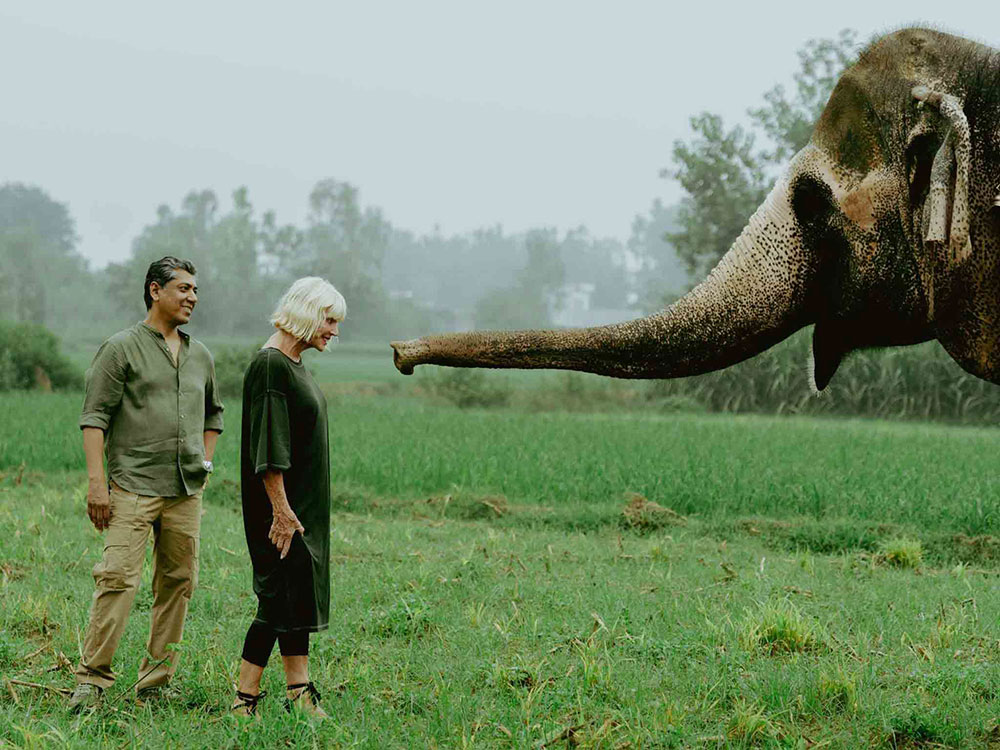
But what took the installation based show to sensorial heights was Goyal’s collaboration with renowned Berlin-based olfactory artist Sissel Tolaas and contemporary design gallery The Future Perfect. Tolaas with her training in chemistry, art and linguistics, champions sensory storytelling. She fused the site-specific installations with scents borrowed from the animals themselves — their habitats and their interactions with humans. Further, adding a performative layer, daily readings of Panchatantra fables were held at the venue performed by actors from Cours Florent, France’s renowned performing arts school. It brought The Soul Garden to life. That way metal became a language of expression, scent became memory and fable became philosophy that guides life enriching it with meaning. We speak to Goyal on the show’s concept, why he wishes viewers to take on the role of “caretakers” and the need to revisit the beloved Indian treasury of fable, Panchatantra on a global stage.
What’s in the name ‘The Soul Garden?
The Soul Garden is both a physical and metaphorical space, a place that invites introspection and sensory awakening. The name evokes the idea that our inner selves, much like a garden, require care, curiosity, and renewal. It’s about tending to one’s consciousness and creating balance between nature and spirit. The showcase imagines a landscape where the human and the elemental coexist harmoniously. Each piece represents a fragment of this metaphysical garden, a space where emotion, mythology, and craftsmanship flourish together. It’s not just about the external beauty of objects, but about how they can move something within you and how they engage the ‘soul’ through touch, scent, sound, and sight. In many ways, The Soul Garden continues our studio’s philosophy, to create works that are both deeply rooted in Indian tradition and yet contemporary in expression. It’s a reminder that art and design, when truly soulful, can become meditative acts of care for the soul.
How integral was it for you to make the showcase sensorial and not just a visual treat given your collaboration with olfactory artist Sissel Tolaas?
I have always believed that design is not just about what we see, but what we feel. The visual can often be cerebral; the sensory is instinctive. Scent, in particular, is one of the most powerful triggers of memory as it transcends reason and connects us directly to emotion. Collaborating with Sissel Tolaas, who is truly a pioneer olfactory artist, opened a new dimension to our practice. Her work is about capturing the invisible essence of environments, the scent of metal, soil, humidity, decay, or bloom. Together, we wanted to give The Soul Garden an atmosphere, a sense of being alive. We imagined how each piece might ‘smell’, the metallic tang of brass warmed by touch, the earthy depth of clay, the faint trace of moss or rain. The idea was to create a multi-sensory encounter that goes beyond aesthetics, where scent becomes a form of storytelling, subtle, emotional, and deeply personal.
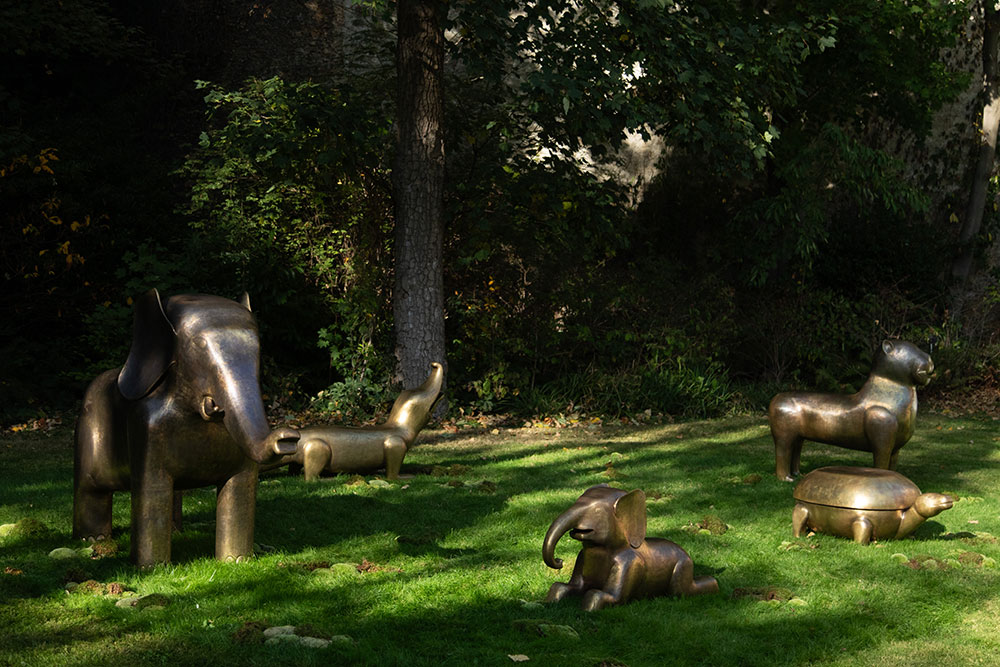
How did the collaboration with The Future Project come about for your Design Miami showcase?
The Future Project has always been known for its thoughtful curatorial approach, especially in how it champions creators whose work exists at the intersection of art, design, and storytelling. When we first began conversations with them, there was a natural alignment of vision as they understood that The Soul Garden was not merely a collection of objects, but an experiential philosophy. They were drawn to the way we combine ancient Indian techniques like repoussé with contemporary sculptural forms, and how these works evoke something beyond aesthetics, a dialogue about consciousness, craftsmanship, and ecology. The Future Project encouraged us to expand that narrative for a global audience. Our collaboration allowed the installation to grow into something immersive, involving scent, sound, and narrative. It became less of a “display” and more of an environment. Design Miami, with its focus on collectible design that provokes cultural reflection, was the perfect platform for this partnership to take root.
What made you delve into Panchatantra as inspiration? What memories do these stories evoke for you?
The Panchatantra has always fascinated me, not only as a collection of fables but as a timeless philosophy of life. These stories, though simple in form, carry profound insights into human behavior, morality, and coexistence. I grew up listening to them, often narrated by my grandmother. They were never told as moral lessons as they were woven into everyday conversation, with laughter, curiosity, and wonder. Revisiting the Panchatantra as an adult, I was struck by how relevant its wisdom remains. In an age where we are disconnected from nature and often from ourselves, the stories remind us of humility, balance, and empathy. They use animals as storytellers, each embodying human traits, the cleverness of the crow, the patience of the elephant, the vanity of the peacock. In The Soul Garden, these narratives find new life through form and material. The fables became emotional blueprints, guiding not only the sculptural language but also the sensory world we wanted to create. It’s about rediscovering ancient knowledge through a contemporary lens.
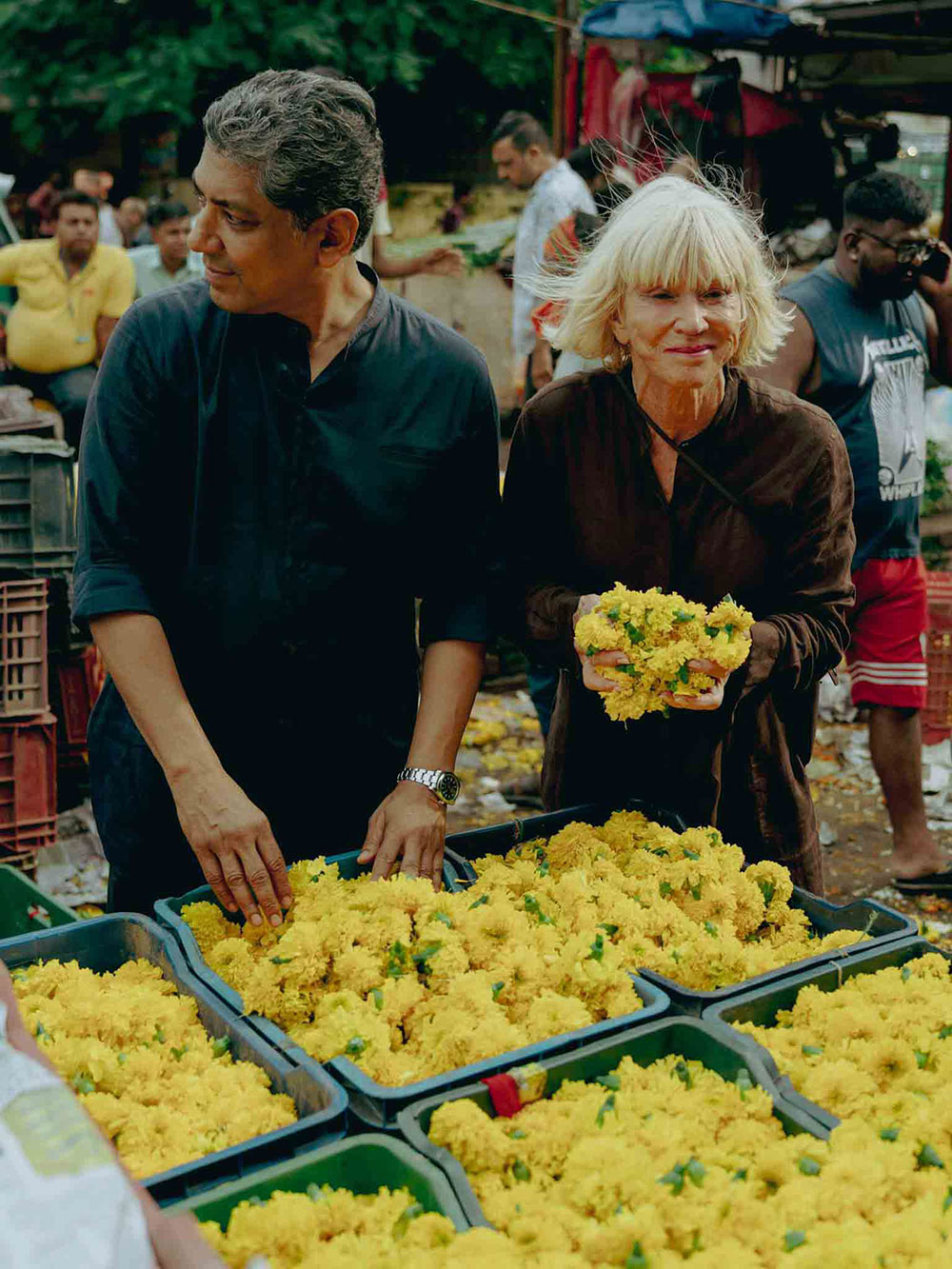
How animals became a vessel of wisdom from ancient fables to present time for your show?
Animals are deeply symbolic in Indian mythology. They are not separate from human experience but mirrors of it. In the Panchatantra, they speak our language, feel our emotions, and often teach us about ourselves. I was drawn to the idea of using animal forms not as literal representations but as archetypes, embodiments of emotion and moral tension. Each sculpture in The Soul Garden explores a different facet of human instinct – courage, friendship, deception, resilience, longing. By translating these qualities into animal-inspired forms, we allow the viewer to reflect on them with both familiarity and distance. Moreover, animals remind us of a primordial connection, that before we divided the world into species and hierarchies, we shared the same instincts, the same earth. The forms in the collection are abstract yet evocative; they invite viewers to sense the life force within the metal, to feel its pulse rather than just admire its surface.
Tell us about the places you and Sissel visited to gather scents for The Soul Garden and how was the experience.
Our journey with Sissel was almost like a pilgrimage. We travelled through contrasting terrains, from lush gardens and old temples in southern India to dry, mineral landscapes in Rajasthan. Sissel has an extraordinary ability to listen to a space through her nose, she collects scent molecules the way an artist collects light or sound. I remember one afternoon in a dense tropical grove, where the air was thick with humidity and the scent of flowering creepers. Sissel stood still for nearly half an hour, just breathing. Later she said, “This is what memory smells like.” That stayed with me. Each scent we collected became a fragment of experience, the metallic notes of tools in the workshop, the sweetness of wood polish, the musk of wet earth after rain. These olfactory elements are subtly woven into the installation, you don’t immediately register them, but they shift how you feel within the space. It was a humbling experience, a reminder that even scent has geography, texture, and time.
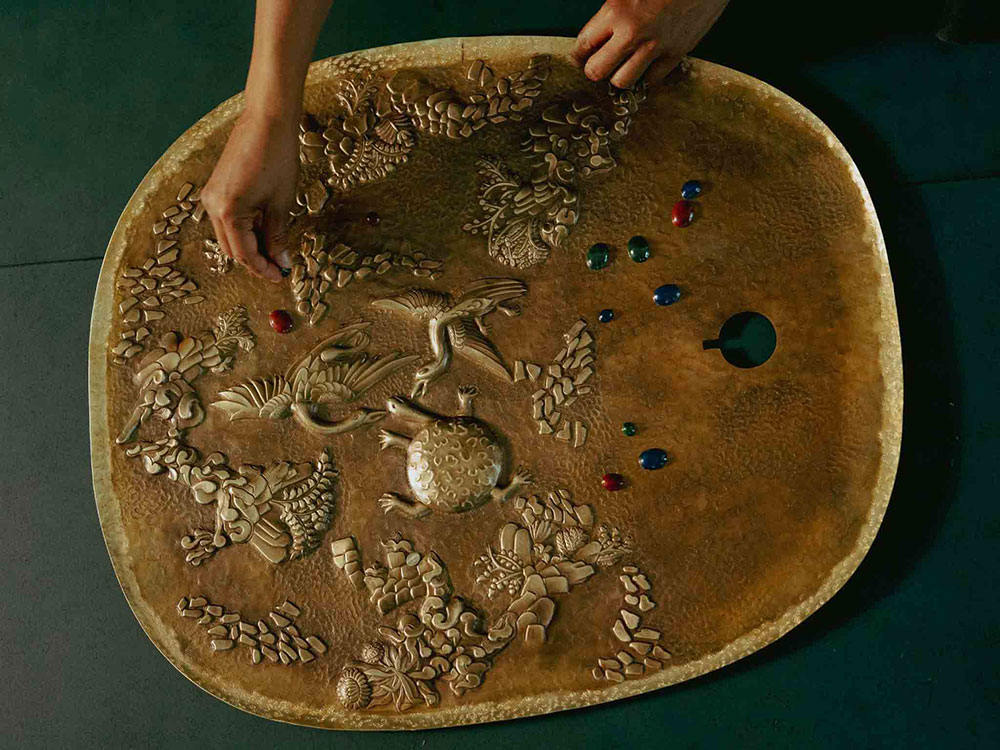
What was the most challenging design for you in the collection?
The making of The Soul Garden was both a technical and emotional journey. Each piece was handcrafted using repoussé, an ancient technique where metal is shaped by hammering from the reverse side to create intricate relief. The challenge lay in achieving lightness and fluidity in a material as assertive as brass. We wanted the sculptures to feel alive, to have breath, rhythm, and movement. Translating organic animalistic forms into metal without losing that vitality required immense precision and patience. Some pieces took months of iterative work like reshaping, retexturing, and refining. The most challenging design, perhaps, was the large-scale ‘Elephant Form’, a work that symbolizes wisdom and stillness. It demanded structural strength yet emotional subtlety. Balancing those contradictions is what defines the studio’s practice, to let craft become a vehicle for emotion.
In what sense would you want the viewers to take on the role of “caretaker’. Is it your way to extend art beyond mere visual pleasure?
Yes, the idea of the “caretaker” is central to The Soul Garden. It is about shifting the viewer’s role from passive observer to active participant. When you encounter these works, we hope you feel a sense of responsibility, not to the objects themselves, but to the ideas they represent: nature, empathy, and interconnectedness. To “care” is a radical act today. It’s about attention, preservation, and gentleness – qualities we often overlook in the modern world. By inviting viewers to see themselves as caretakers, we extend the experience of art beyond the exhibition. It becomes an ethos, to nurture rather than consume, to engage rather than simply admire. Art, in that sense, becomes a mirror, reflecting not just beauty, but our place within a fragile and shared ecosystem.
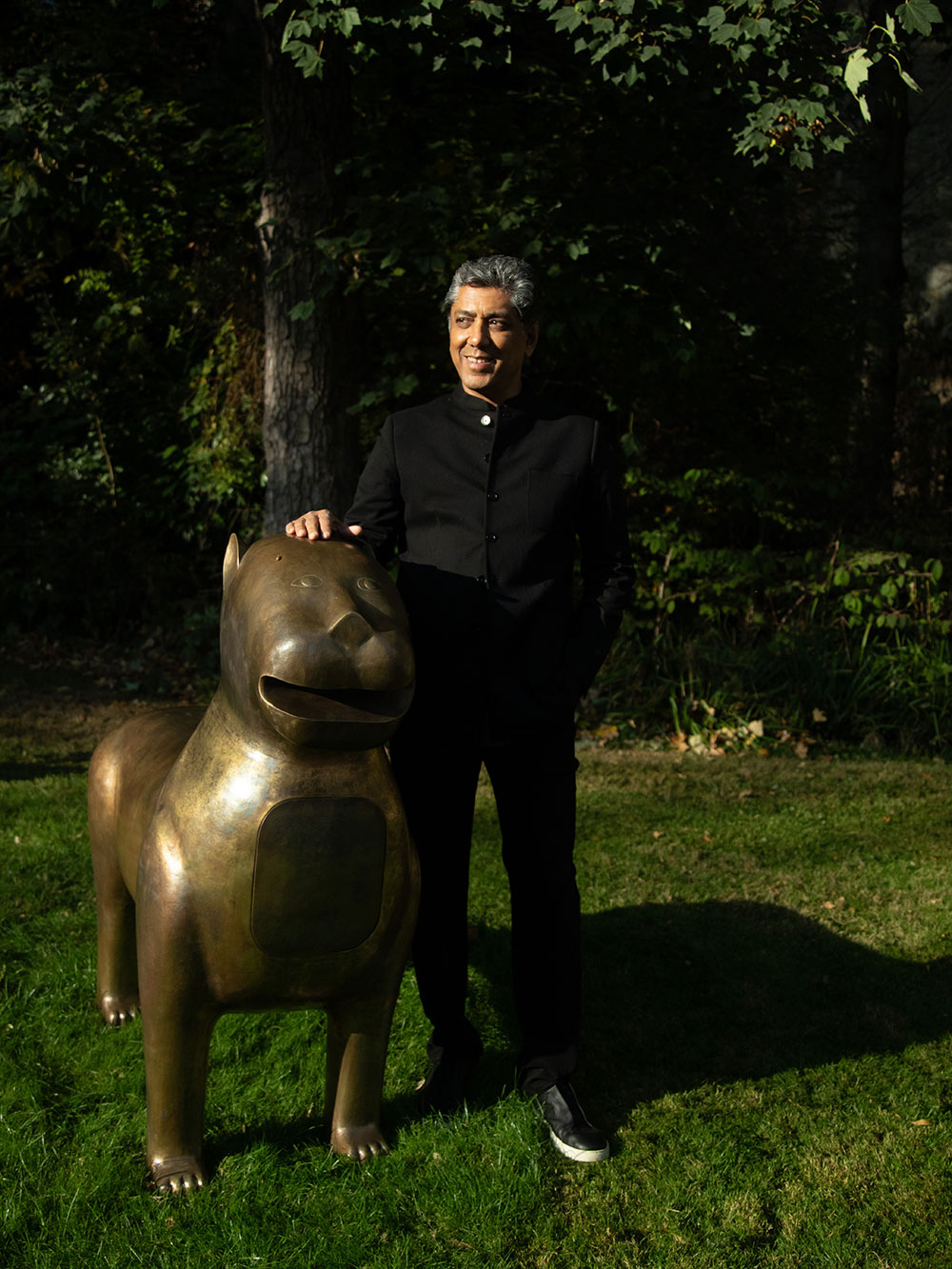
How does the show make ancient fables as still relevant to modern life?
The Panchatantra fables, at their core, are philosophical texts disguised as stories. They translate human wisdom into metaphor, allowing us to understand complexity through simplicity. In The Soul Garden, we reimagine that same translation, turning narrative into material form. Each sculpture is not a literal depiction of a tale but an embodiment of its essence – a moral, an emotion, a reflection. When you stand before them, you are not reading a story, you are feeling it. The textures, the scents, the spatial rhythm, they all evoke reflection. In that way, fable becomes philosophy; storytelling becomes contemplation. The show is less about myth as nostalgia, and more about myth as timeless truth – an invitation to pause, to feel, and to reconnect with the invisible threads that bind all living things.
